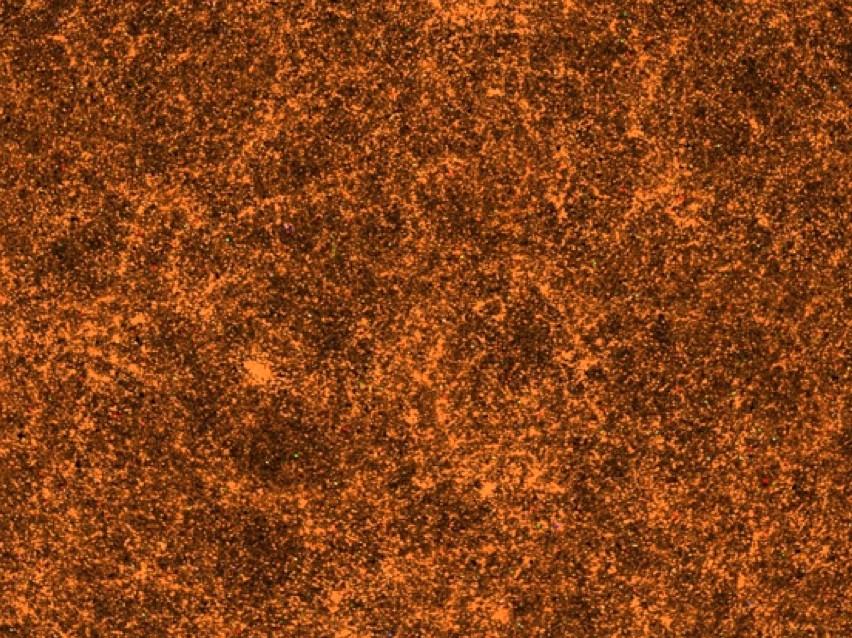Lex Fridman had a great conversation with Dr. Dava Newman, a Professor in the Department of Aeronautics and Astronautics and Engineering Systems at MIT and affiliate faculty in the Harvard-MIT Health Sciences and Technology Program, on Space Exploration, Space Suits, and Life on Mars.
Year: 2019 – Page 101
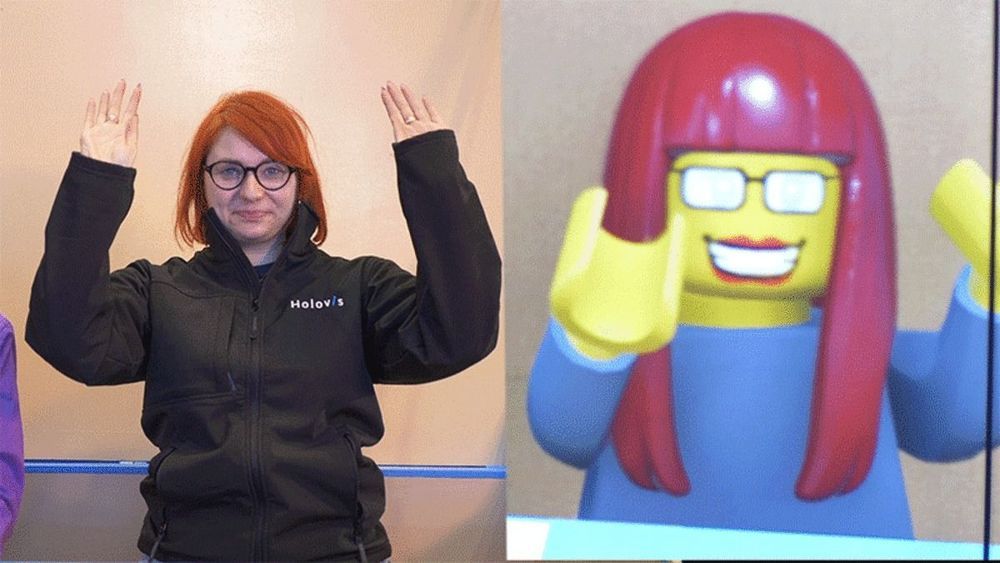
Lego Will Use AI and Motion Tracking To Turn Guests Into Minifigures at Its New York Theme Park
Have you ever dreamed of turning yourself into an inch-tall plastic figure who can’t bend their arms or legs, and must interact with the world using a pair of lobster-like claw hands? Lego’s new theme park, opening next year in New York, will make that dream a reality using sophisticated motion tracking and neural network facial recognition.
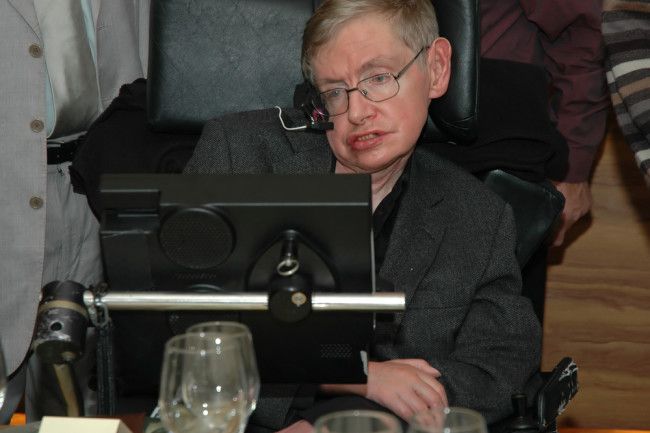
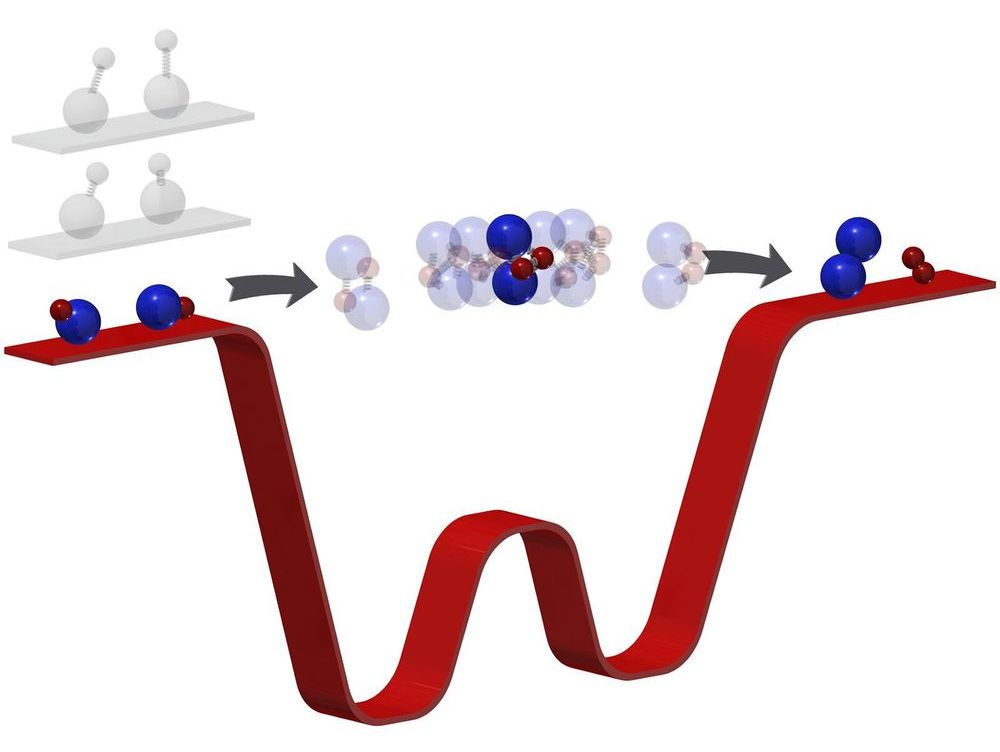
With ultracold chemistry, researchers get a first look at exactly what happens during a chemical reaction
The coldest chemical reaction in the known universe took place in what appears to be a chaotic mess of lasers. The appearance deceives: Deep within that painstakingly organized chaos, in temperatures millions of times colder than interstellar space, Kang-Kuen Ni achieved a feat of precision. Forcing two ultracold molecules to meet and react, she broke and formed the coldest bonds in the history of molecular couplings.
“Probably in the next couple of years, we are the only lab that can do this,” said Ming-Guang Hu, a postdoctoral scholar in the Ni lab and first author on their paper published today in Science. Five years ago, Ni, the Morris Kahn Associate Professor of Chemistry and Chemical Biology and a pioneer of ultracold chemistry, set out to build a new apparatus that could achieve the lowest temperature chemical reactions of any currently available technology. But they couldn’t be sure their intricate engineering would work.
Now, they not only performed the coldest reaction yet, they discovered their new apparatus can do something even they did not predict. In such intense cold—500 nanokelvin or just a few millionths of a degree above absolute zero—their molecules slowed to such glacial speeds, Ni and her team could see something no one has been able to see before: the moment when two molecules meet to form two new molecules. In essence, they captured a chemical reaction in its most critical and elusive act.
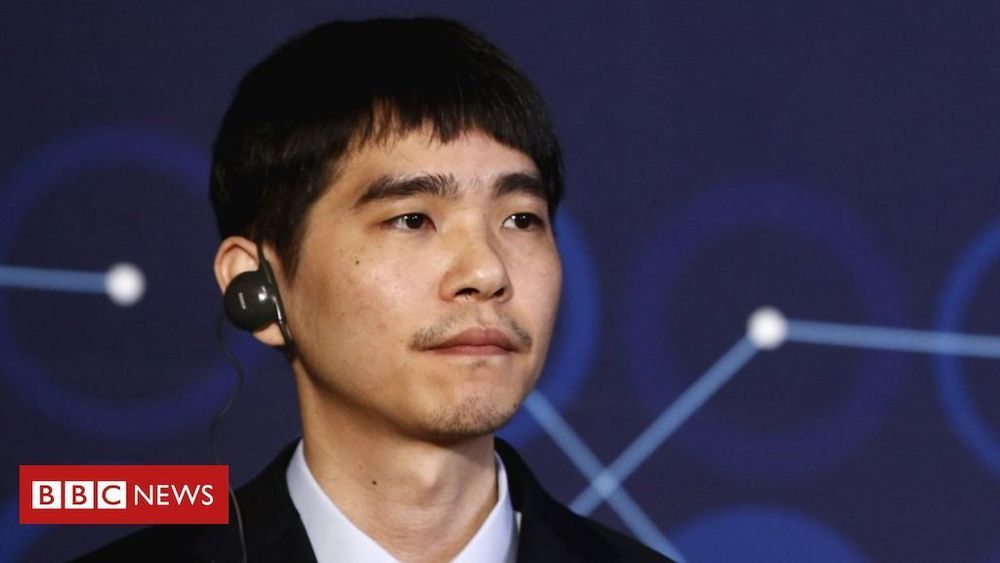

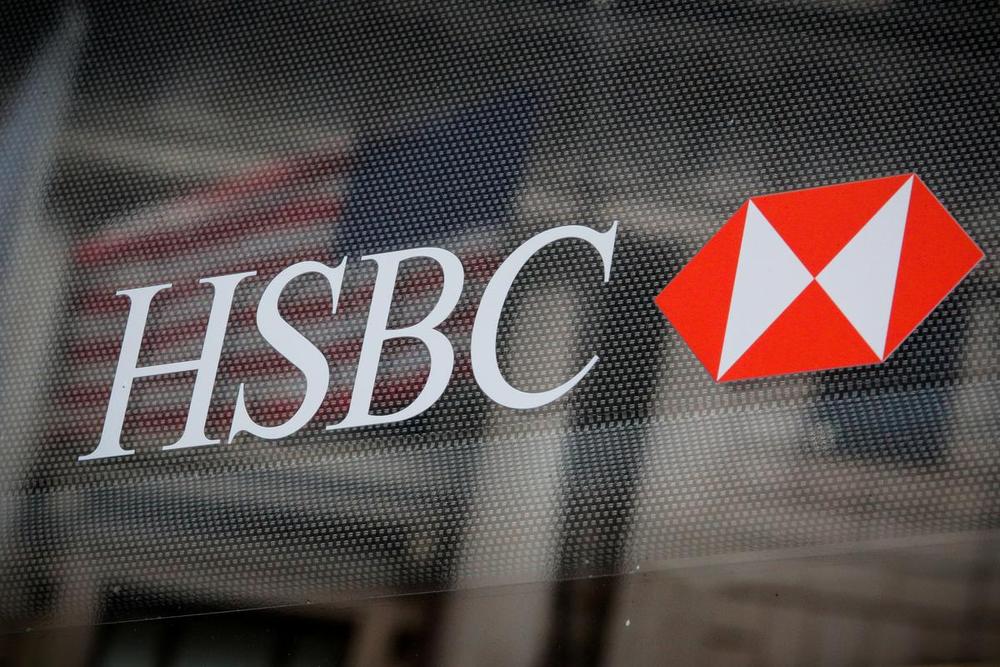
HSBC swaps paper records for blockchain to track $20 billion worth of assets
HSBC will upgrade their blockchain technology to control $20 billion in assets by March 2020.
LONDON (Reuters) — HSBC aims to shift $20 billion worth of assets to a new blockchain-based custody platform by March, in one of the biggest deployments yet of the widely-hyped but still unproven technology by a global bank.
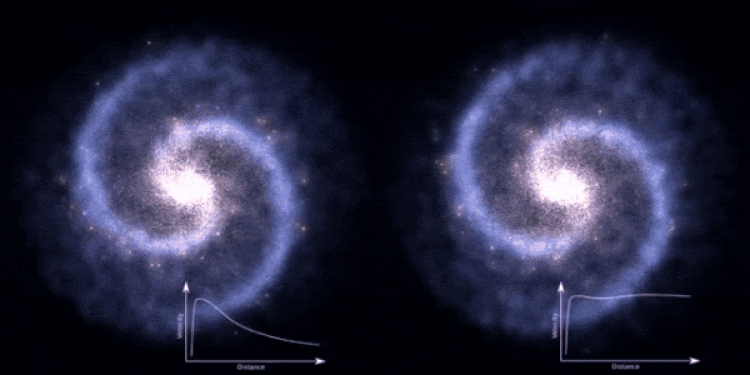

How to Survive the End of the Universe
The problem of surviving the end of the observable universe may seem very remote, but there are several reasons it may be important now: a) we may need to define soon the final goals of runaway space colonization and of superintelligent AI, b) the possibility of the solution will prove the plausibility of indefinite life extension, and с) the understanding of risks of the universe’s end will help us to escape dangers like artificial false vacuum decay. A possible solution depends on the type of the universe’s ending that may be expected: very slow heat death or some abrupt end, like a Big Rip or Big Crunch. We have reviewed the literature and identified several possible ways of survival the end of the universe, and also suggest several new ones. There are seven main approaches to escape the end of the universe: use the energy of the catastrophic process for computations, move to a parallel world, prevent the end, survive the end, manipulate time, avoid the problem entirely or find some meta-level solution.
